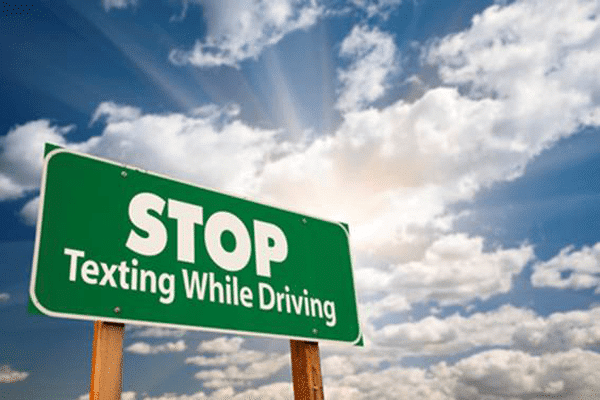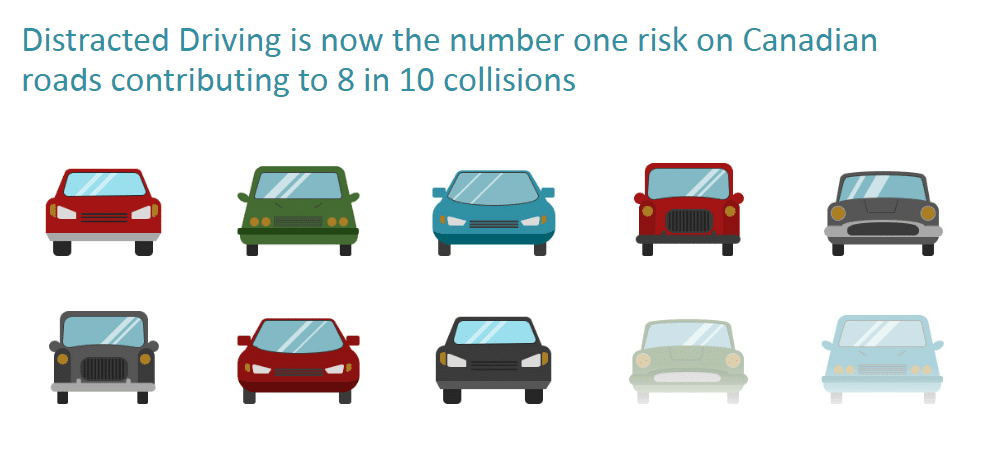Distracted Driving: The New Drinking & Driving
April was Distracted Driving Awareness month. It was a somber reminder of a tragedy that occurred a few days prior.
In March 2017, members of a church in Texas attended an annual retreat. They enjoyed the weekend together. The adult choir group sang and socialized. Some of the attendants decided to return home by bus. This was a fatal decision.
The bus collided with a pick-up truck. 13 people died in the crash. 13 people – all with real names, real lives, and real families. Murray, Howard, Rhonda, Harold, Margaret, Cristie, Donna, Avis, Mildred, Addie, Sue, Martha, Dorothy. All gone.
A witness to the crash confronted the driver of the pick-up truck, who was driving erratically and survived the crash. The witness asked, “Son, do you know what you just did?”
The driver responded, “I’m sorry, I was texting.”
This was, unfortunately, one story out of many. A lot of stories do not make their way to the news.
Distracted driving is recognized as a risk equivalent, or perhaps more dangerous, than intoxicated driving. It goes beyond just texting or calling – distracted driving includes talking to passengers, or skipping that annoying song on a music playlist.
In fact, on Canadian roads, distracted driving contributes to 80% of collisions. Drivers are 4x more likely to be in a collision by talking on the phone while driving and are 23x more likely to be involved in a collision by texting.
Image Source: https://rates.ca/
How can safety managers create an effective distracted driving policy?
Companies must:
- Create a policy. Managers must create different levels of infraction severity and identify a suitable consequence.
- Educate drivers & managers. Employees will buy-in to the policy with education. This goes beyond explaining new policy changes. Employees should be taught about the hazards of distracted driving. A suggestion is to set up a meeting and share powerful statistics and videos.
- Track and enforce. Managers should observe their drivers. This includes reviewing call logs, responding to complaints & tickets, observing camera footage, and installing cell control software.
Let’s end distracted driving.
We’ll reduce accidents and could save one, thirteen, and maybe even more lives.
Sources:
KXAN: Victums of New Braunfels Church Bus Crash
Dallas News: Man Killed in Bus Crash Seeks Testing and Driving Ban
IBC: Distracted Driving Management
Automotive Fleet: 6 Keys to an Effective Cell Phone Policy
Rates.ca: Distrtacted Driving Infographic
Toronto Sun: Distracted Driving Deaths Set to Double Drunk Driving
NHTSA: Distracted Driving


